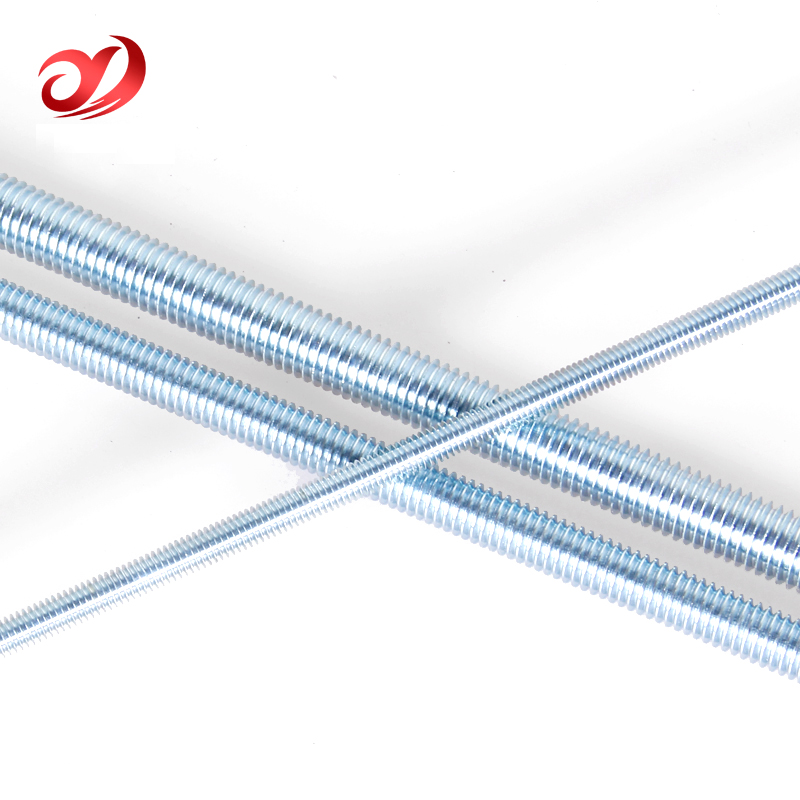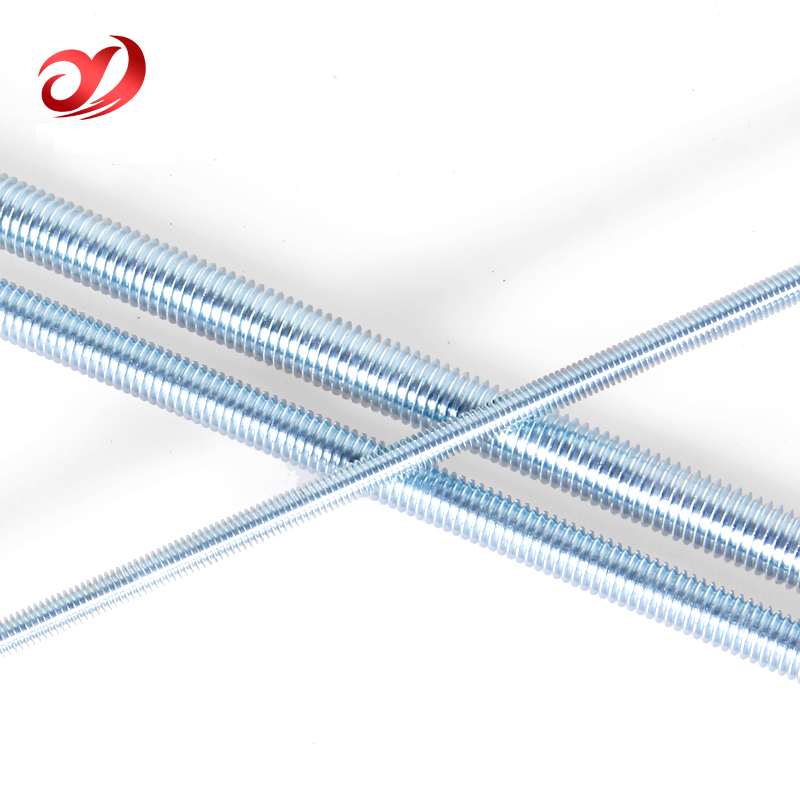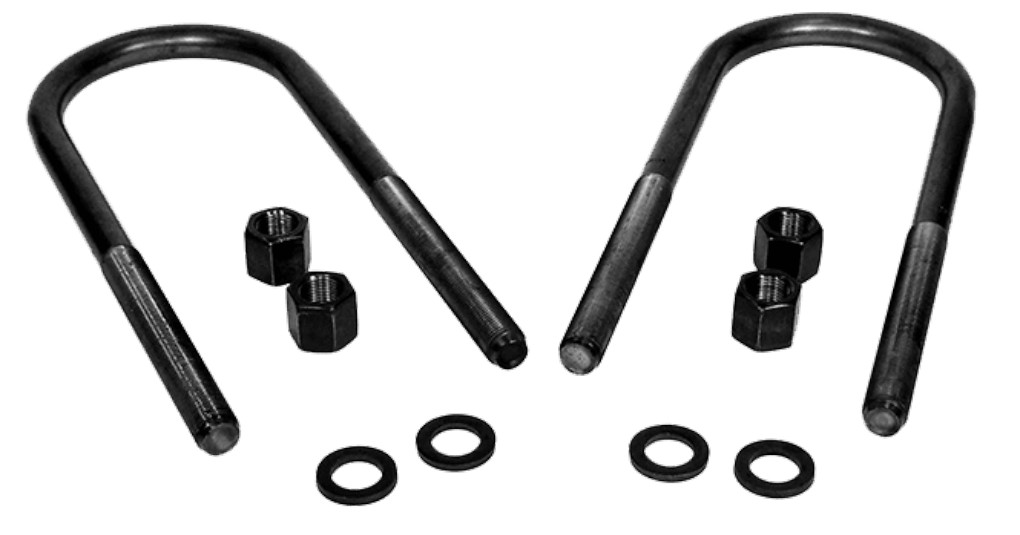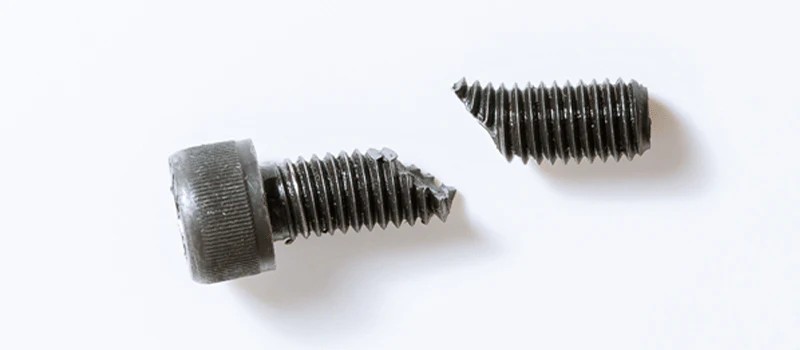Introduction: Small Component, Massive Impact
Behind every running machine, towering structure, or fast-moving vehicle lies a small but essential component—the threaded rod. It might not stand out visually, but its contribution to the stability and functionality of countless systems is undeniable. That’s why it’s often called an unsung hero in the world of industry.
What Is a Threaded Rod?
A threaded rod, also known as an all-thread or stud, is a long, cylindrical fastener with continuous threading along its entire length or on both ends. It’s designed for tensioning, anchoring, or joining structural elements across long spans or in situations where bolts are impractical.
Common Names Include:
Stud bolt
Threaded bar
All-thread rod
Fully threaded stud
These terms refer to the same general type of fastener, used for clamping, connecting, or tension applications in mechanical and structural settings.

Industry Standards & Materials
Depending on the application, threaded rods are manufactured in compliance with various standards and material grades:
Standards: DIN 975, ASTM A307, A193 B7, B8, etc.
Materials: Carbon steel, stainless steel, alloy steel
Finishes: Zinc-plated, hot-dip galvanized (HDG), Dacromet, or specialized anti-corrosion coatings
This versatility makes them suitable for use in harsh environments like marine, chemical, high-temperature, and high-humidity conditions.
Where Are Threaded Rods Used?
✅ Structural reinforcement in construction
✅ Foundation anchoring for equipment and steel structures
✅ Suspension systems in electrical and HVAC installations
✅ Pre-tensioned tie rods in bridges and infrastructure
✅ Solar panel mounting systems
✅ Cable support systems in tunnels and metro projects

Why Are Threaded Rods Considered “Unsung Heroes”?
1️⃣ The Hidden Core of Structures
While we usually notice the beams, concrete, or heavy machinery, the stability and integrity of these structures often rely on threaded rods working behind the scenes.
2️⃣ Highly Adaptable and Versatile
Threaded rods are available in a wide range of lengths, thread pitches, materials, and finishes. Whether for static loads or dynamic vibration environments, they can be easily customized for the job.
3️⃣ A Smarter Alternative to Welding
Compared to welding, threaded rod connections allow for easier assembly, disassembly, and maintenance, reducing labor time and safety risks on-site.
4️⃣ Reliable Even in Extreme Conditions
With materials like A4 stainless steel or B7 alloy steel, threaded rods can maintain long-term performance even in corrosive, high-stress, or high-temperature environments.
Threaded Rod vs. Threaded Bar – What's the Difference?
Although often used interchangeably, there are technical distinctions:
| Category | Threaded Rod | Threaded Bar |
|---|---|---|
| Application | Industrial-grade fastener | General-purpose threaded rod |
| Precision | High consistency in threading | May have looser tolerances |
| Use Case | Engineering, construction | DIY, light-duty applications |
How to Install a Threaded Rod in Wood?
When securing a threaded rod into wood, follow these steps:
Drill a pilot hole slightly smaller than the rod diameter
Apply epoxy or wood adhesive to enhance bonding strength
Insert the rod using locking pliers or a wrench; ensure straight and deep placement
Optionally, secure with a washer and nut on the opposite side for added stability
This technique is commonly used in furniture, wood frames, and heavy-duty shelving.
Conclusion: Small but Invaluable
Though they may look unremarkable, threaded rods play a massive role in keeping industrial systems together—literally. Whether in factories, bridges, buildings, or energy systems, these components deliver strength, flexibility, and reliability where it matters most.
So the next time you step onto a job site or into an industrial facility, take a moment to appreciate the simple, quiet, but indispensable work of the humble threaded rod.









